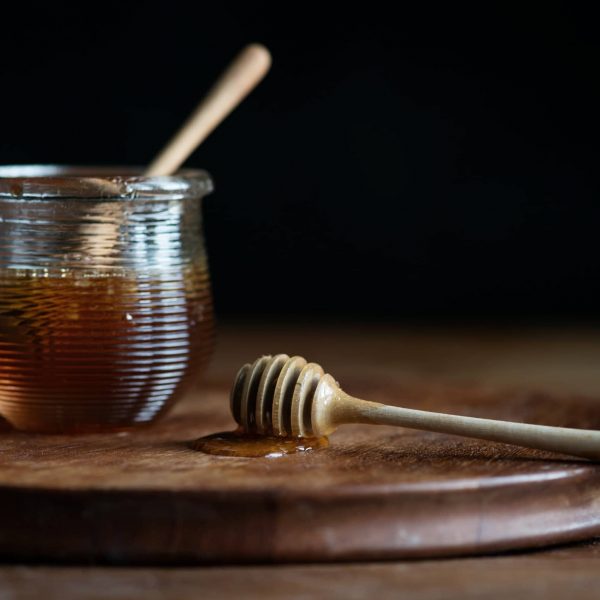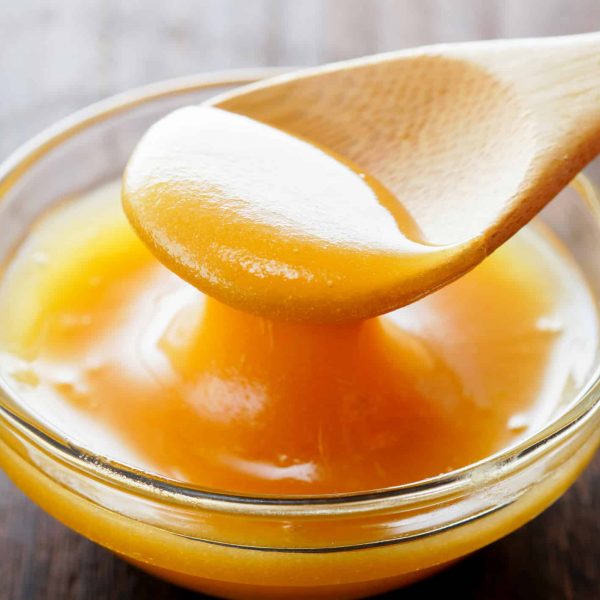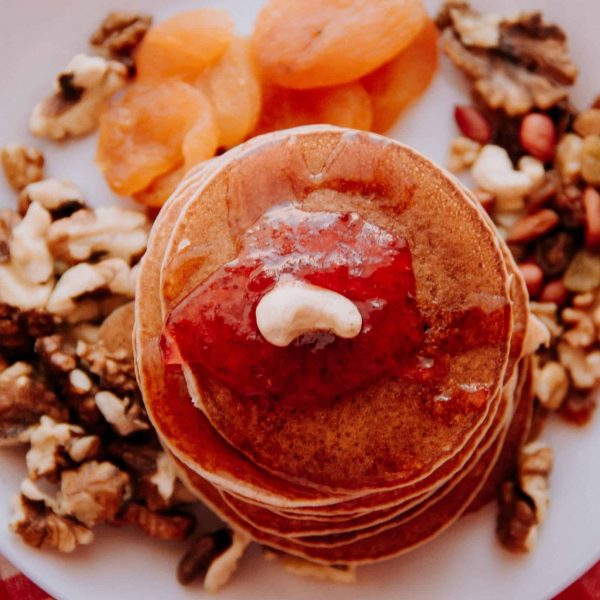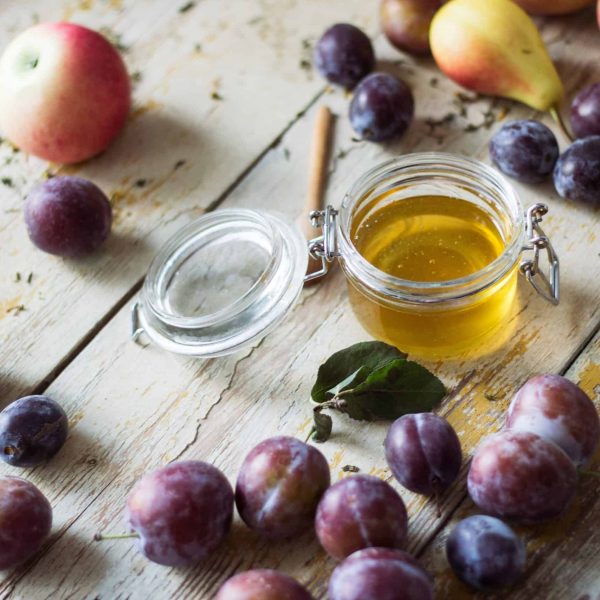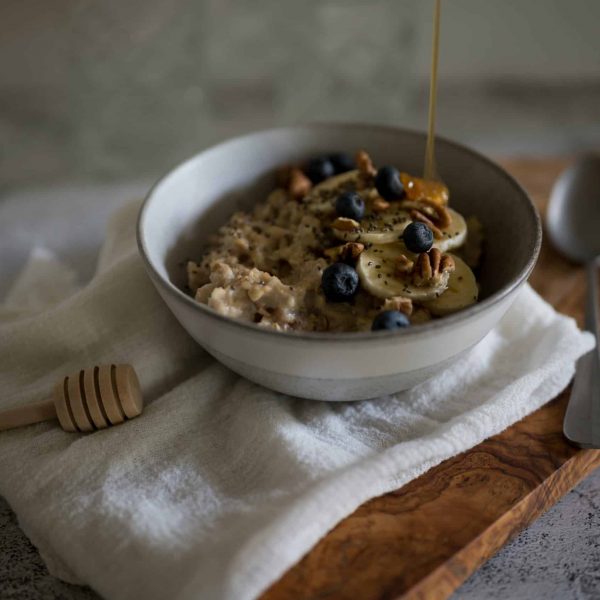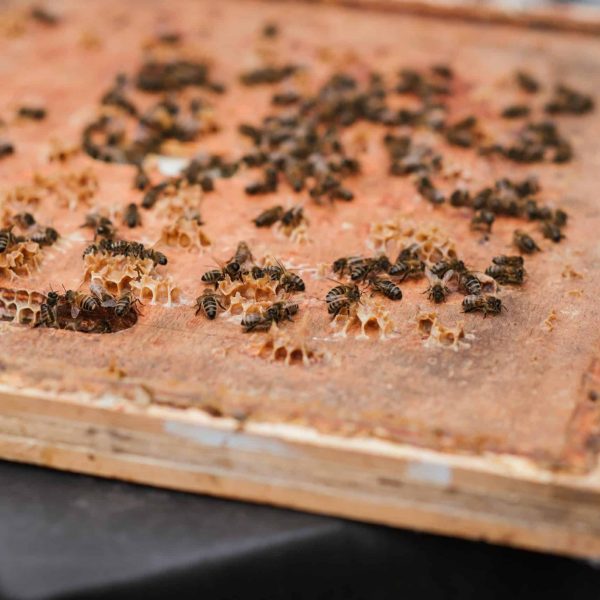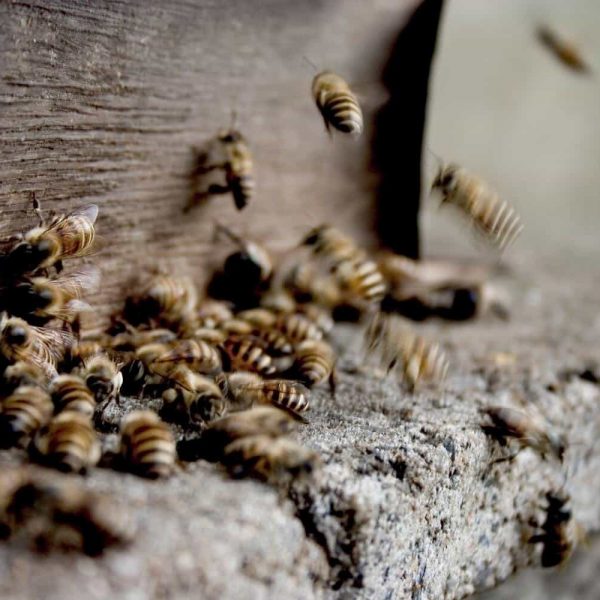Briefly
Manuka honey is anti-bacterial and can be used in some circumstances to treat against anti-biotic resistant infections. There are many other potential benefits being studied.
A few years ago, more Manuka Honey was being sold than produced.
New Zealand’s Ministry for Primary Industries (MPI) imposed restrictions regarding the classification of Manuka Honey being exported from New Zealand.
Additionally, from the point of extraction NZ honey is trackable through New Zealand’s RMP system where any honey being moved or stored must be only handled by an accredited and audited provider in an approved manner.
This means that any Manuka Honey exported from New Zealand has been tested and is trackable to a specific batch/area/apiary
MPI manuka honey definition
TESTS FOR MĀNUKA HONEY
To be classified as Manuka Honey for export from New Zealand 5 tests must be passed. The results of 2 of those tests further classify the honey as Mono-floral or Multi-floral.
- 2-methoxybenzoic acid at a level greater than or equal to 1 mg/kg
- 4-hydroxyphenyllactic acid at a level greater than or equal to 1 mg/kg
- DNA level from mānuka pollen is less than Cq 36, which is approximately 3 fg/µL
MONO-FLORAL
- 3-phenyllactic acid at a level greater than or equal to 400 mg/kg
- 2’-methoxyacetophenone at a level greater than or equal to 5 mg/kg
MULTI-FLORAL
- 3-phenyllactic acid at a level greater than or equal to 20 mg/kg but less than 400 mg/kg
- 2’-methoxyacetophenone at a level greater than or equal to 1 mg/kg
Tests
In addition to the mandatory tests required by MPI to label the honey as Manuka, other tests are always needed and sometimes buyers or countries require even more tests.
If you have a test not listed here, it is likely that we can organise accredited laboratory testing for you.
ALWAYS
- HMF
- MGO
- DHA
- C4
- Moisture
SOMETIMES
- APC
- Chinese APC
- Diastase
- AFB (China only requirement)
- Glyphosate (Japan only requirement)
The Numbers ON JARS
NPA
Non-peroxide activity, is the measure of Manuka Honeys ability to kill bacteria in comparison to a solution of Phenol where NPA 10 is equivalent to a 10% solution of Phenol and NPA 20 is equivalent a 20% solution of Phenol.
UMF
A trademark for NPA that some companies have permission to use. The trademark also helps to guarantee the quality of the honey. 10 NPA has the same activity as 10 UMF.
MGO
Methylglyoxal is the organic compound responsible for Manuka Honey’s strong antibacterial properties. MGO is related to NPA and an online calculator can help you convert between them. MGO 83 is NPA 5, MGO 263 is NPA 10.
PricE
The honey market fluctuates dependant on supply and demand. As at 5 August 2022 New Zealand, prices are down overall but moving up on non-Manuka and low grade Manuka.
As a rough rule of thumb, we currently price compliant high grade wholesale Manuka Honey with a formula of:
$6/kg + $1/kg/10MGO so 300MGO would be $36/kg.
Where $6/kg is roughly the current wholesale price for non-Manuka honey in New Zealand. There is very low stockpile of non-Manuka honeys left in storage and consequently the prices are increasing.
There are a few other factors to consider when pricing. If the honey has been sitting around for a while or has been heated, then it is valued less. This is noticeable in the HMF and Diastase test results. People like to end up with an HMF of below 40 in the jar and normally allow around 10 points for jarring the honey. Diastase is a different but similar attribute used in some countries and in this case people normally want to end up with a Diastase level above 8 when jarred or above 10 when jarring.
If you want a 3- year shelf life then you should have a DHA/MGO ration above 2, and for a 5-year shelf life the DHA/MGO ratio should be above 3 (some say 2.8). The higher this ratio, the more the honey will grow, and the more you will need to pay. To a certain extent you are paying for the future growth.


